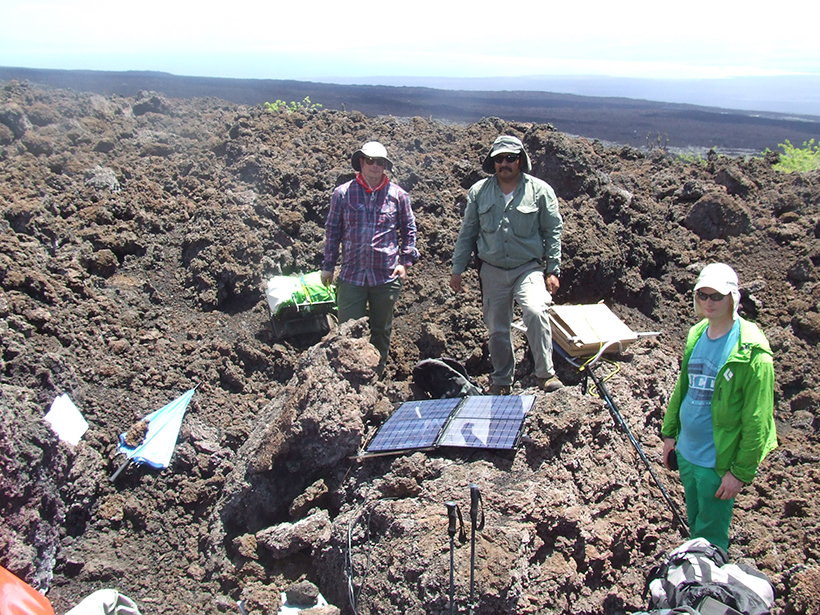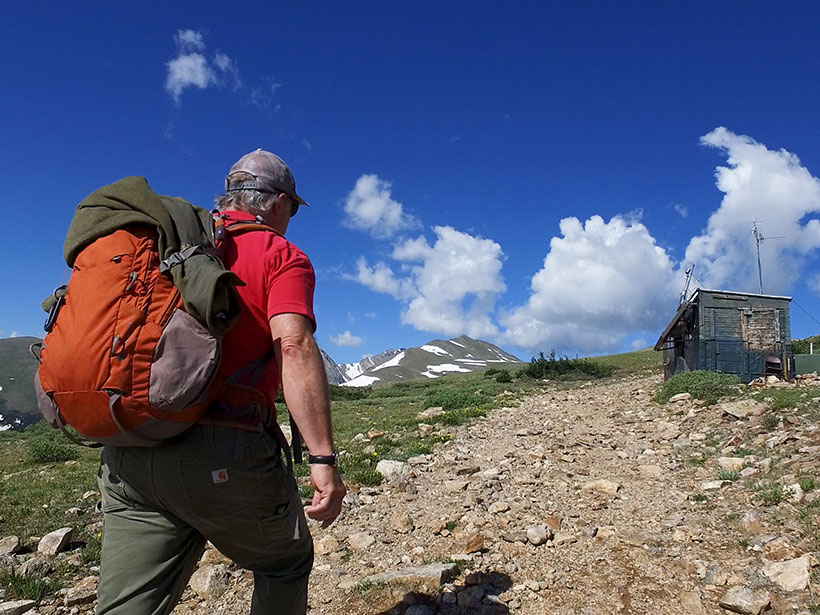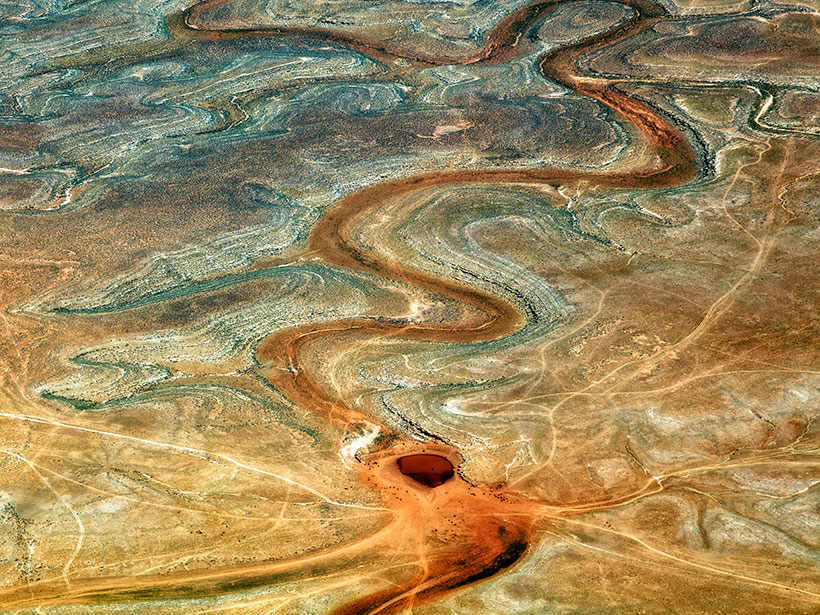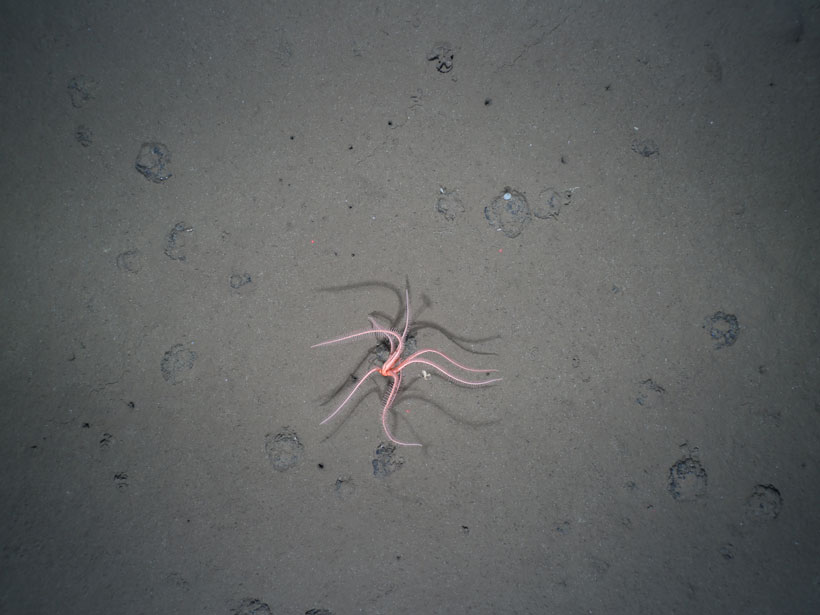研究人员指出,在评估与冷热相关的人类死亡风险方面,网格化的气候数据集与气象站数据一样有效。
Sarah Derouin
Sarah Derouin is a freelance science journalist and editor who has been writing for Eos since 2017. She has a doctorate in geology from the University of Cincinnati and is a graduate of the Science Communication Program at University of California, Santa Cruz. Sarah has written for New Scientist, Scientific American, Popular Mechanics, Science, EARTH Magazine, and Mongabay. She was the 2018–19 Science Communication Fellow for the Geological Society of America and attended Congressional Climate Science Days. Beyond writing, Sarah was an acting associate editor for EARTH Magazine. She also worked behind the scenes as an assistant producer on Big Picture Science radio show, broadcast on more than 140 public radio stations. You can find more of her work at www.sarahderouin.com or connect with her on Twitter @Sarah_Derouin.
Observations from Space and Ground Reveal Clues About Lightning
In a coordinated monitoring effort, scientists have uncovered the timing and triggering of high-energy lightning events in the sky.
Calculating Human Health Risks with General Weather Data
Gridded climate data sets are just as effective as weather station data at assessing human mortality risk related to heat and cold, researchers suggest.
Observing a Galápagos Volcano from Buildup to Eruption
Insights from a 13-year monitoring program of Sierra Negra—one of the many volcanoes that dot the Galápagos Islands—shed light on the volcanic evolution of basaltic eruption.
The Surprising Source of Greenhouse Gas Emissions
Changing the way emissions are tallied may help litigators focus on the worst climate offenders and shape mitigation.
Simultaneous Drought and Heat Wave Events Are Becoming More Common
As the world heats up, the number and duration of combined stress events are increasing, causing harmful environmental and human impacts.
Can Newspaper Reporting Uncover Flood Risk?
In areas of low or no flood monitoring, archival coverage of historical flooding can help scientists make better risk predictions.
Radioactive Bookkeeping of Carbon Emissions
A new sampling method uses carbon-14 to single out which carbon dioxide molecules in the atmosphere derive from fossil fuels. The method could help track emissions goals for climate mitigation.
Frequently Dry Waterways Still Contribute to Carbon Emissions
A new international collaboration found that dry inland waters—no matter where they were located—contributed significant global carbon dioxide emissions.
The Long-Lasting Legacy of Deep-Sea Mining
New research reveals a deep-sea mining experiment that took place 26 years ago still has significant and persistent impacts on benthic life.










